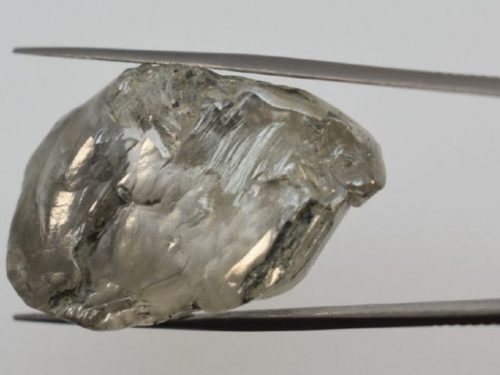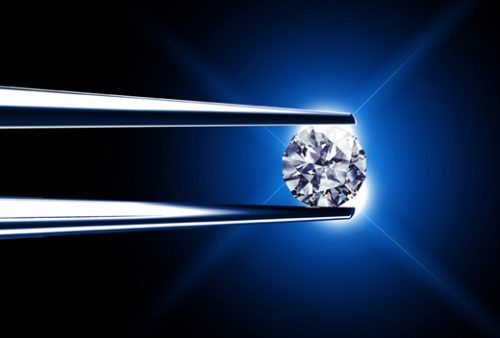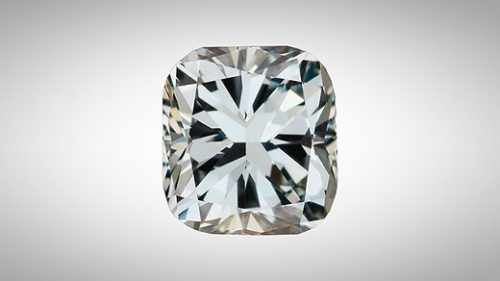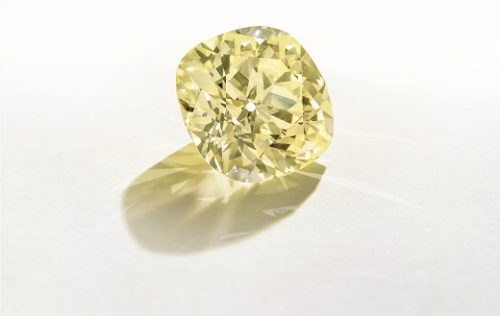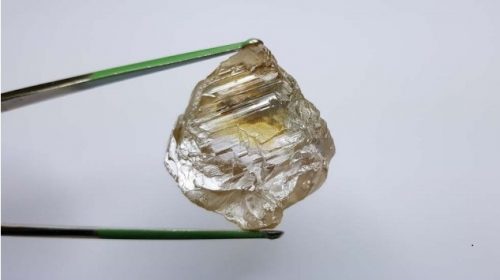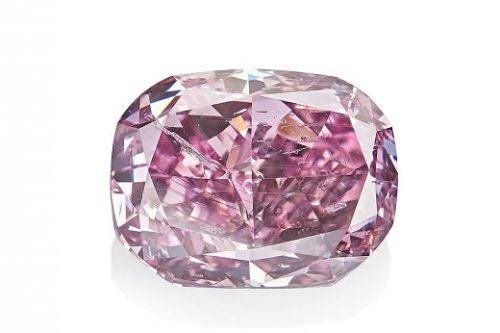Lucapa Diamond Company has recovered its first+100 carat diamond for its Mothae mine in Lesotho.
The stone is a gem-quality 126 carat diamond and is the largest diamond recovered since commercial mining operations commenced in January 2019.
The diamond is also the sixth +50 carat diamond recovered since Lucapa commenced its pre-production bulk sampling programme at Mothae in 2018.
It comes shortly after Lucapa and its partners recovered a 130 carat gem-quality diamond from the company’s high-value Lulo alluvial mine in Angola.
Lesotho Minister of Mining, the Honourable Keketso Sello, said the recovery of the 126 carat diamond represented another milestone for Lesotho’s highly-prospective diamond sector.
“Lesotho is very proud of its international reputation as a producer of large and high-quality diamonds and this latest recovery from our newest mine, Mothae, continues to demonstrate our nation’s great potential,” said minister Sello.
Lucapa MD Stephen Wetherall said the 126 carat diamond was further proof of the large stone and high-value nature of the Mothae kimberlite resource, which is located within 5 km of Letseng, the world’s highest US$ per carat kimberlite diamond mine.
“We are delighted to have recovered our first +100 carat stone so early in our commercial mining
campaign at Mothae, along with other rare Type IIa and fancy coloured gems, and look forward to
unlocking the true value of this mine over the next decade and beyond,” Wetherall concluded.
Source: miningreview
